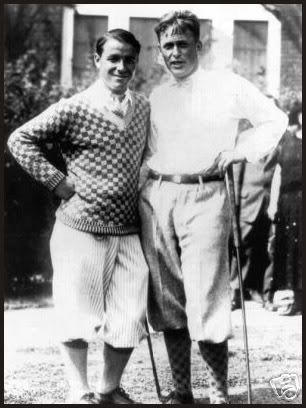Is anyone familiar with the history of Inwood Country Club located in Inwood, New York? A few days ago my curiosity was sparked by an aerial view I encountered while flying directly over one of the greens as I landed at JFK airport. Indeed a pity for the club, having to put up with constant aviation traffic.
After conducting a brief search I was able to find that the original 9 hole course was constructed in 1901, designed by a Dr. William Exton and Arthur Thatcher. It was later converted to an 18 hole course and hosted the 1921 PGA Championship, won by Walter Hagen, and the 1923 U.S. Open won by Bobby Jones, which was his first major championship (an inspiring bit of information).
From the club’s website:
“…which in its new status as a golf course bore a striking resemblance to the original farm. The fairways were rough and the rough was worse. Greens were designated by courtesy rather than fact. The tees were composed of loose ashes held in place by a shallow lumber frame. The expense of laying out the course amounted to $610.00.” (Superbly exemplifies the minimalist philosophy, although in that day it most likely wasn’t referred to as such)
Does anyone know when it was converted to an 18 hole course and what architect was responsible? How has the course evolved since then? What architects have been involved with course modifications over the years? Is the current state of the golf course reminiscent of the1923 layout in any way?
Any insight into the history of the club would be much appreciated. Thanks.
-Josh

BOBBY JONES & GENE SARAZEN
1923 U.S. OPEN CONTESTED AT INWOOD COUNTRY CLUB